Four Soybean Seed Decisions for 2020
Even before farmers across the state have parked their combines for the winter, the time for considering 2020 seed orders is upon us. Generally, one important factor for growers when choosing seed is the performance of varieties in trials across the state. Agronomists always caution against making decisions based on one year of data. That approach would be especially risky after this season, with the abnormal weather we have encountered. A better approach is to choose varieties to plant on the majority of your acreage that have an established history of at least 2-3 years of strong performance. A [...]
PODCAST: Soycoaster – 2019 Growing Season
CCA Soy Envoy, Jason Carr discusses the roller coaster that is the 2019 soybean growing season. From decisions made at planting time to what we are seeing in the fields now, Carr looks at how different decisions and forces were in play to affect yield potential this year. He also looks ahead to how the 2020 growing season may be impacted by 2019.
Soybean Fungicide Application Advice
According to a recent @ILSoyAdvisor Twitter poll, over half (56%) of the respondents indicated that they always spray fungicide on their beans. We want to know: do you use fungicide on your beans? — ILSoyAdvisor (@ILSoyAdvisor) July 30, 2019 Another 27% responded that they “sometimes spray” based on disease pressure. Many of these growers have discovered what university research generally shows: A well-timed fungicide application will normally result in a positive ROI by protecting the yield potential of a soybean field. University studies consistently show an average yield increase from fungicide application of 2.5 bushels or greater. Obviously, the [...]
A Peek into the Pod
August is a critical time in the life of a soybean plant. Although many of the flowers have pollinated, the plants are still setting new flowers and the tiny pods and seeds inside them are beginning to develop. Depending on when they were planted, soybeans are generally in the R3 (beginning pod) or R4 (full pod) growth stage at the beginning of the month. It takes an average of 24 days for soybeans to advance from R4 to the R6 (full seed) stage. This period is the most important time for determining final yield of the field. The presence [...]
Early Season Yellow Beans
One doesn’t have to drive too many miles on country roads to find a field of beans that is not as deep green as we would like to see. This may be a neighbor’s field, or it may be your own. Either way, you may be wondering what would cause the beans to look unhealthy. There are numerous possible causes, some of which we will explore. Nitrogen deficiency: Nitrogen deficiency often occurs in soybeans planted into fields that have been saturated for long periods of time. Saturated soil conditions hamper root development, which slows the uptake of nitrogen from [...]
Plants, Pesticides and Pollinators
Pollination is mutually beneficial to both pollinators and plants, resulting in the production of seeds necessary for many plants to reproduce. However, today’s production practices can potentially lead to an unhealthy environment for pollinators to survive in and do their job: pollinate. All too often, there is conflict between row-crop farmers and beekeepers. Beekeepers often see farmers as indiscriminate users of pesticides who don’t care about killing their bees, while farmers see managed beehives as an annoyance that they are forced to consider when managing their crops. In truth, however, commercial agriculture and managed honeybee colonies are mutually beneficial [...]
What’s Up with My Soybeans, Doc?
The 2019 planting season has certainly been one of the most challenging in recent memory. Cool, wet conditions have delayed planting in most parts of the state. With beans finally going into the ground, growers may be interested in the disease outlook for this season. Dr. Teri Hughes, plant health scientist with Bayer Crop Science says that plants are like people when it comes to fighting off diseases. They are generally pretty good at resisting infection, but anything that stresses the plant increases the opportunity for disease to take off. Poor soil conditions at planting or unfavorable environmental conditions [...]
What does a cool, wet spring mean for soybean growers?
Early springs can create trying conditions for producers. In 2018, it snowed in Illinois on April 9. It was cool and wet through the middle of April, leading many growers to reconsider plans to attempt to plant beans before corn. The cool, wet conditions lasted until the end of the month, delaying the planting season in many areas. So far, 2019 seems to be following the same pattern, with cool saturated soils thus far. The National Weather Service predicts a moderate possibility of wetter and cooler than normal conditions through at least the end of the month. What does [...]
Soybean Breeding Today
Soybeans have been grown in the United States since 1851 when Dr. Benjamin Franklin Edwards received a packet of seeds from a Japanese sailor. He gave them to his friend John H. Lea who planted them in his garden in Alton, Illinois. From there, soybean cultivation spread across the Midwest, with beans initially being used as a forage crop for livestock. In 1904 George Washington Carver discovered the utility of soybeans as a source of protein and oil, their benefits to soil health and their value in crop rotation. Resource shortages during World War II greatly increased the demand [...]
Agronomy: Soil Conditions for Planting
Been quite this spring in Illinois. Spring came early in March, but then disappeared for a few weeks when it turned cold, snowy and wet. Well, spring is back now and appears ready to stay, so it’s time to plant. CCA Soy Envoy and Monsanto Agronomist Lance Tarochione blogged earlier on planting date and when to plant soybeans. Two things we know are that soybeans are being planted earlier and growers are equipping themselves to plant soybeans when they are planting corn. I think that is a good decision and growers are capturing more bushels by doing so. Soil temperature [...]

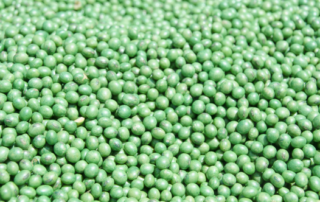
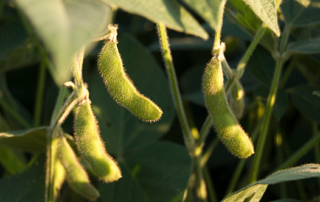
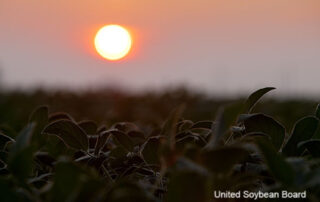
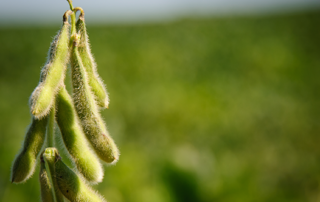
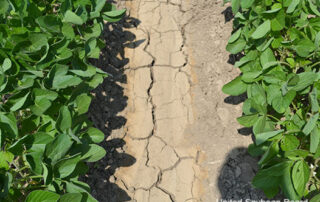
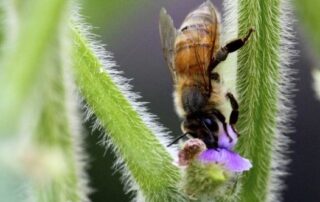
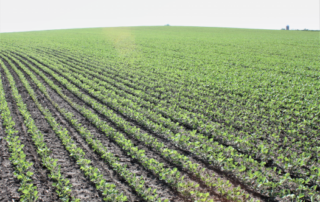
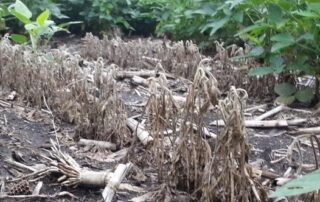
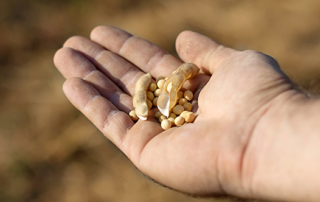
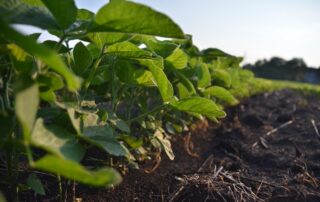

 and then
and then